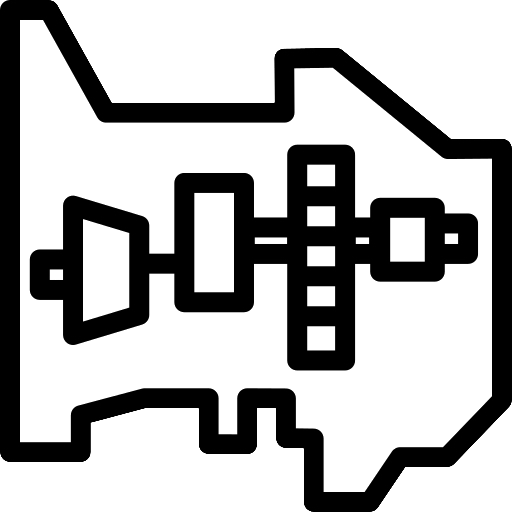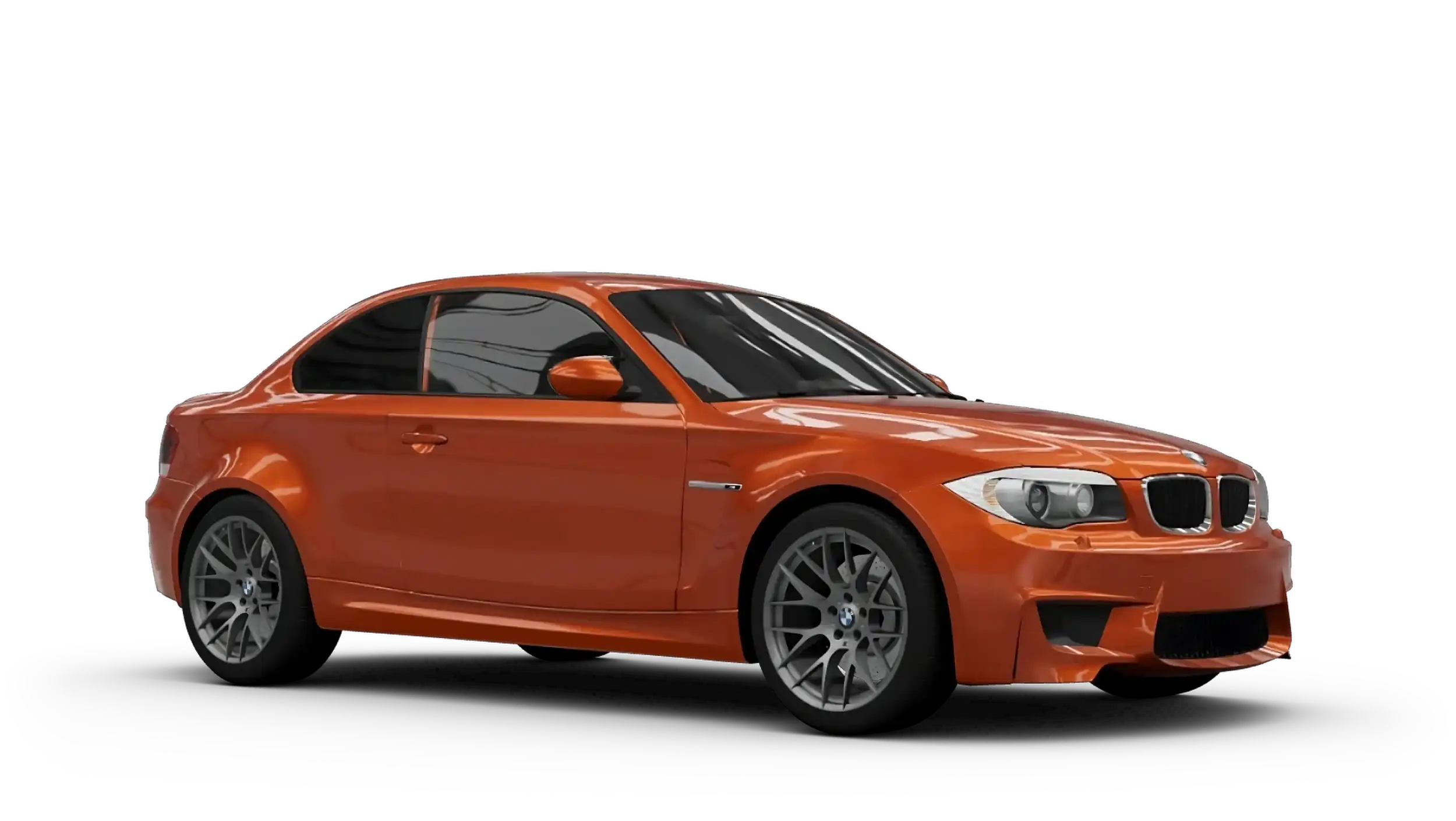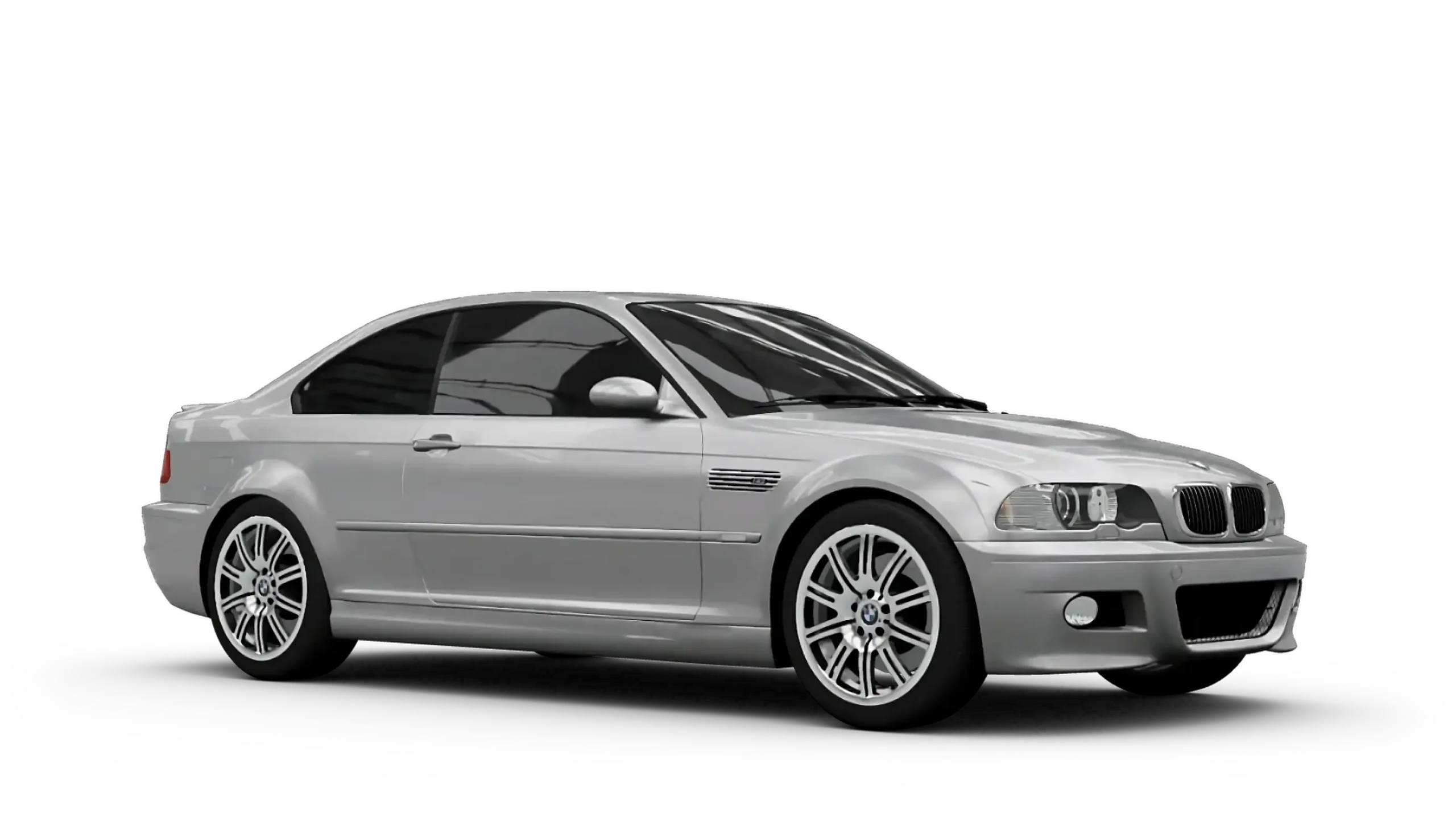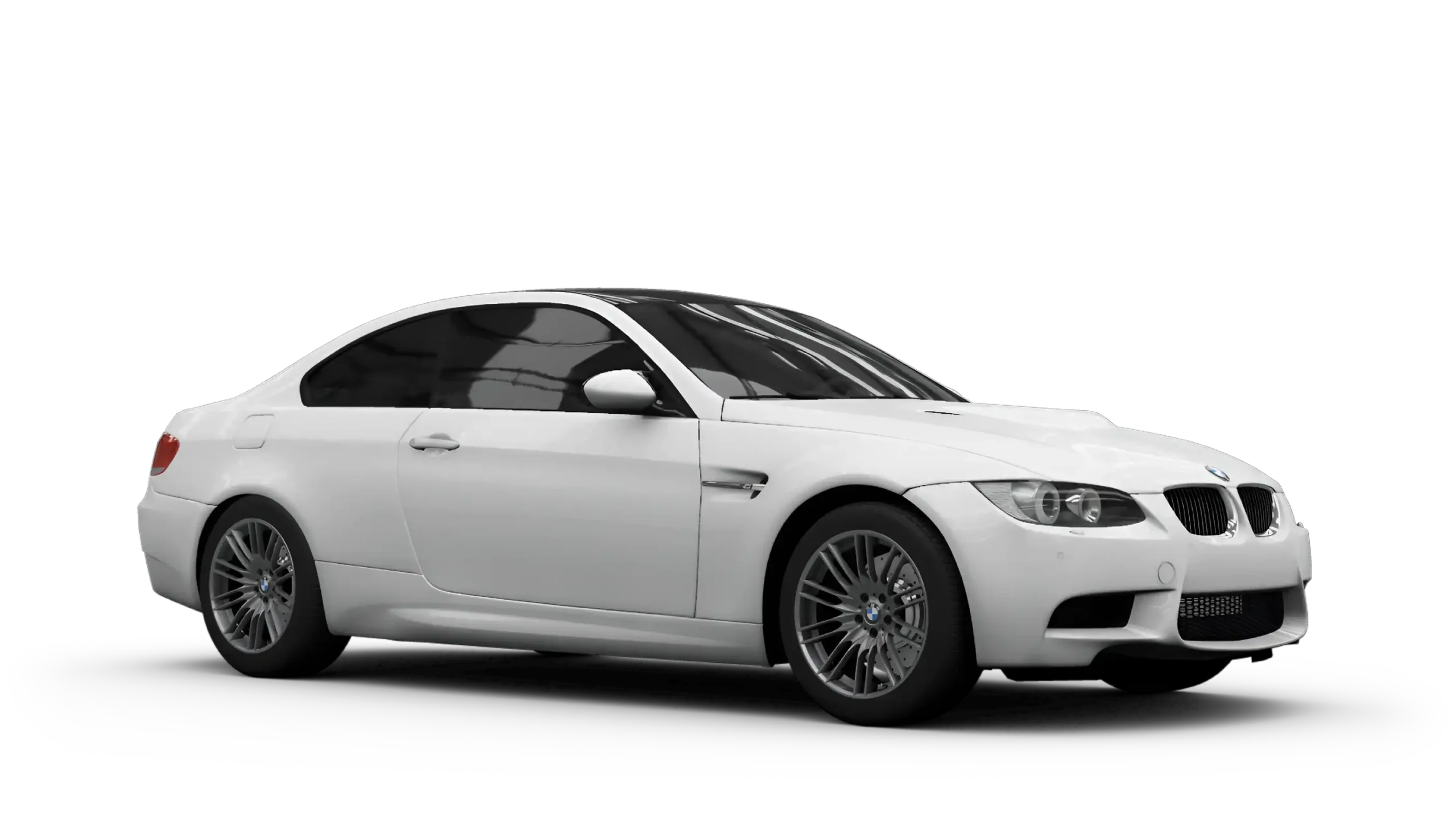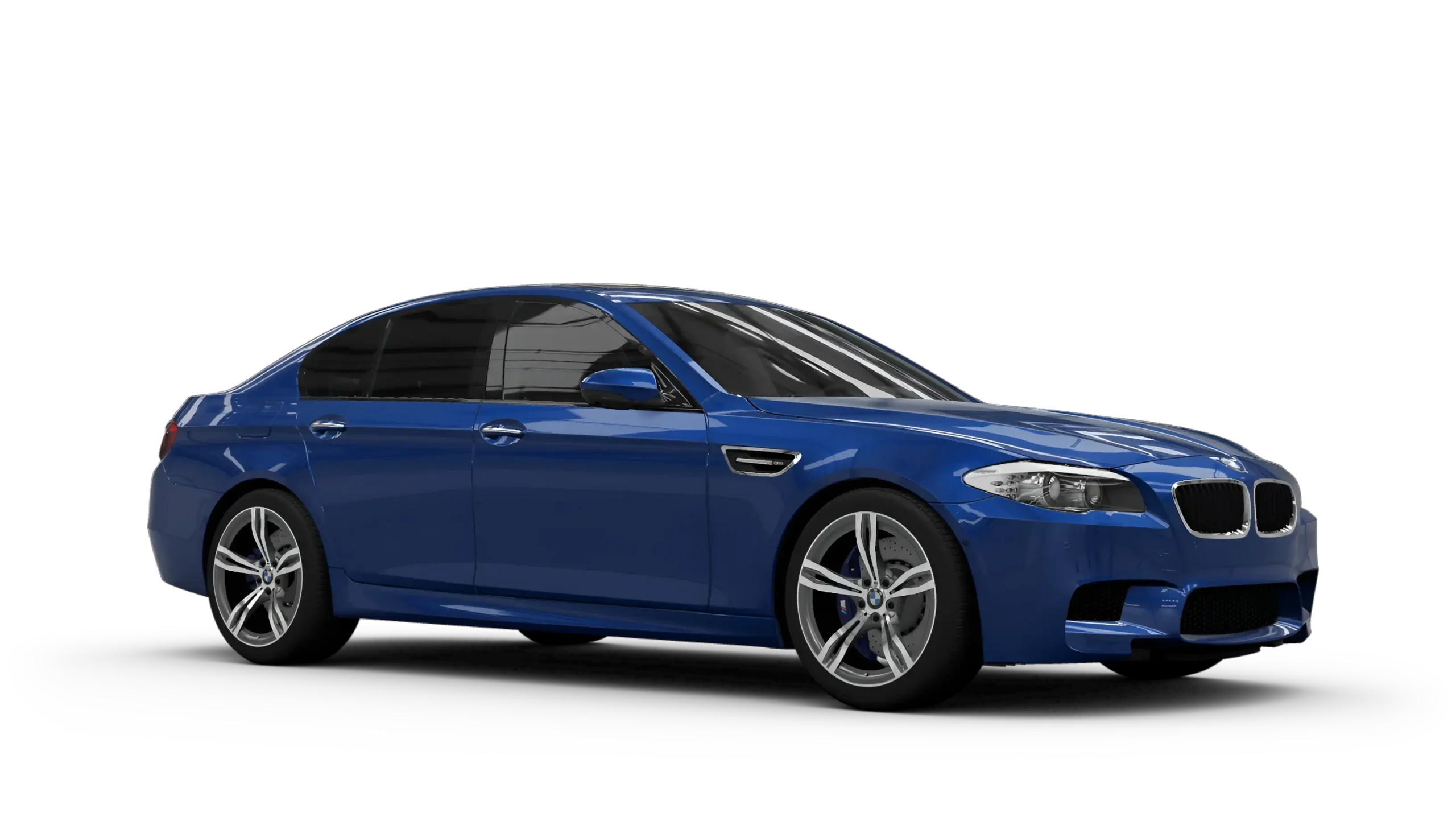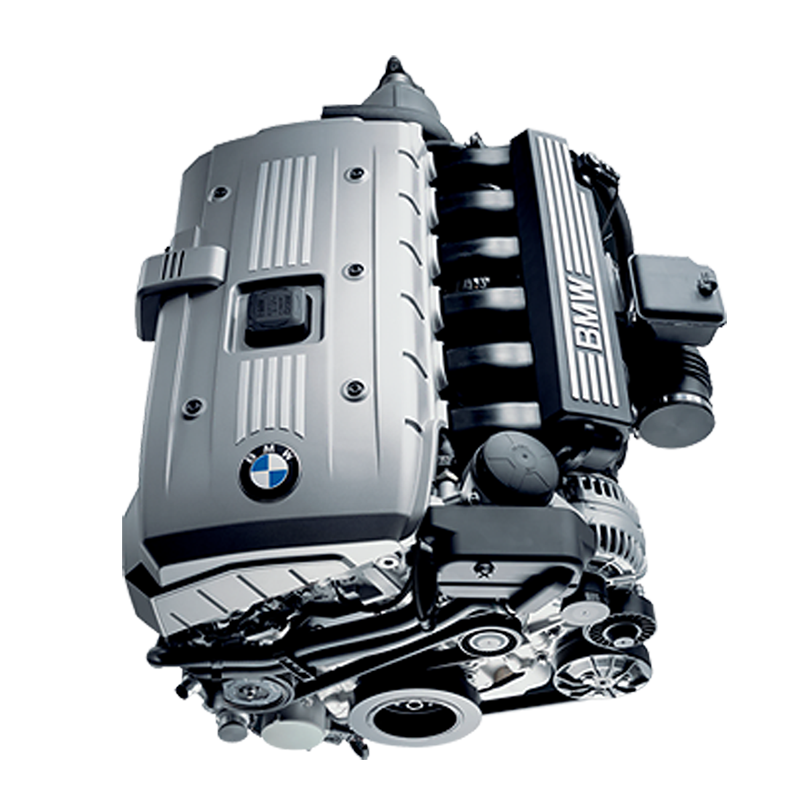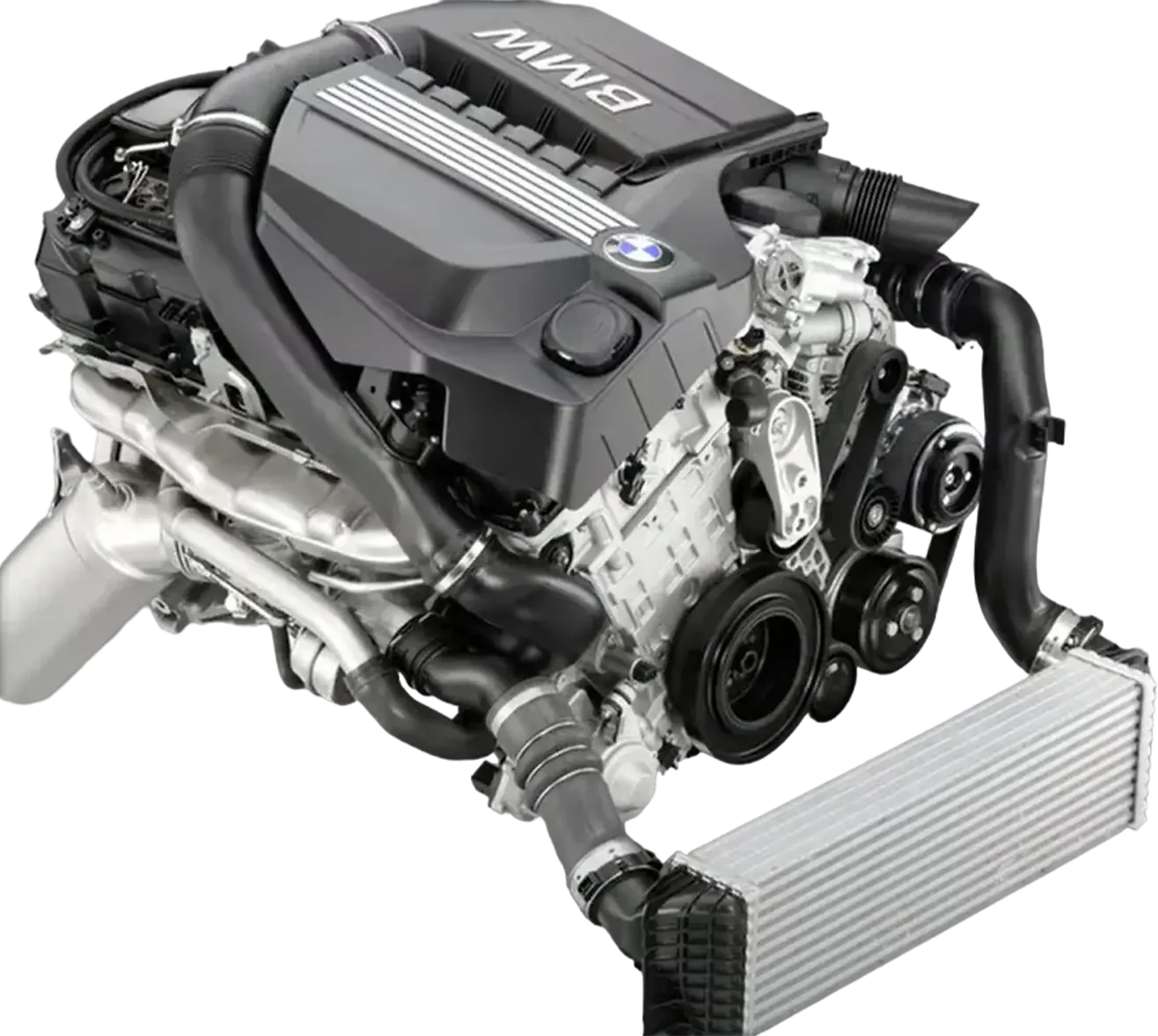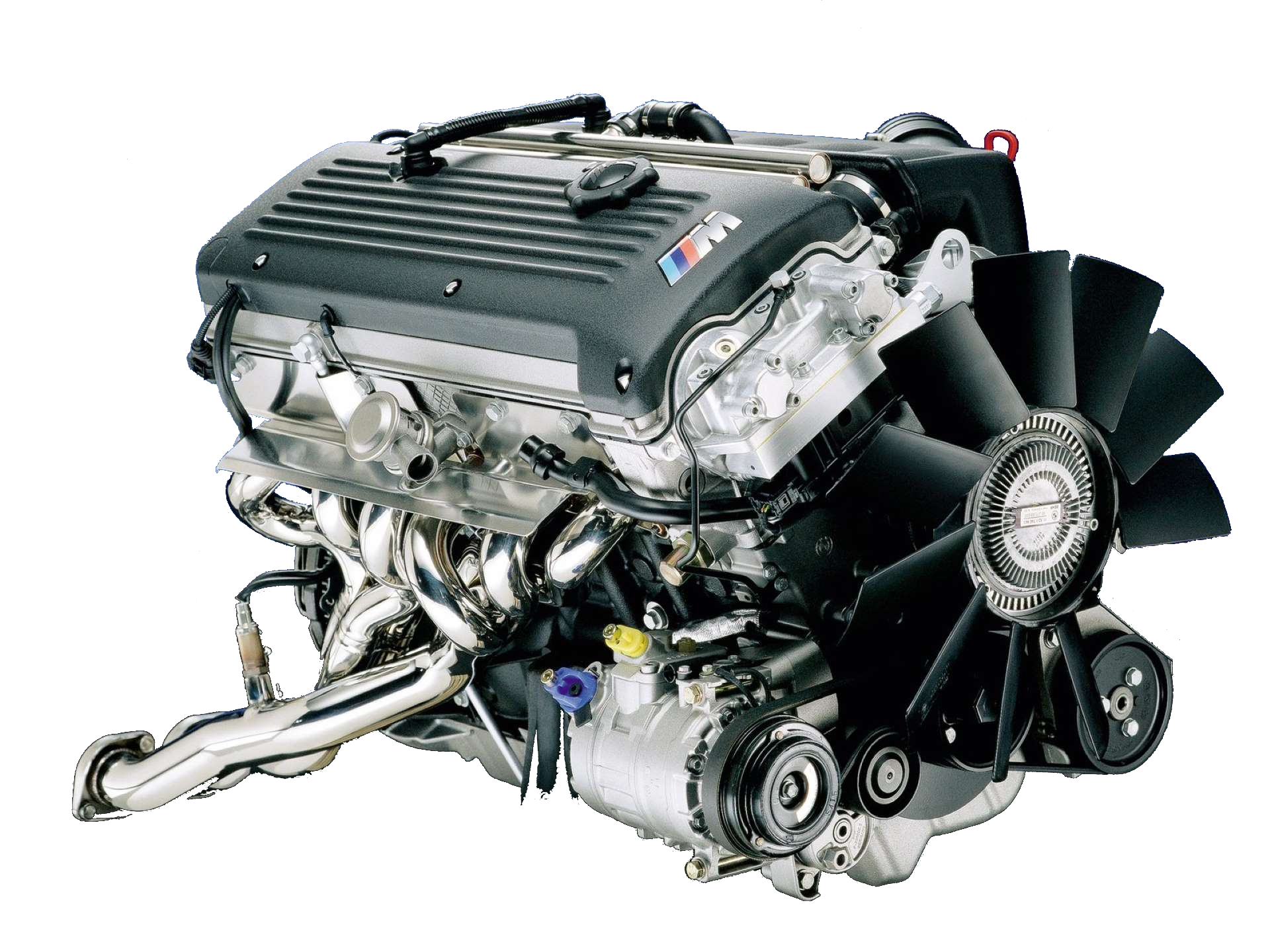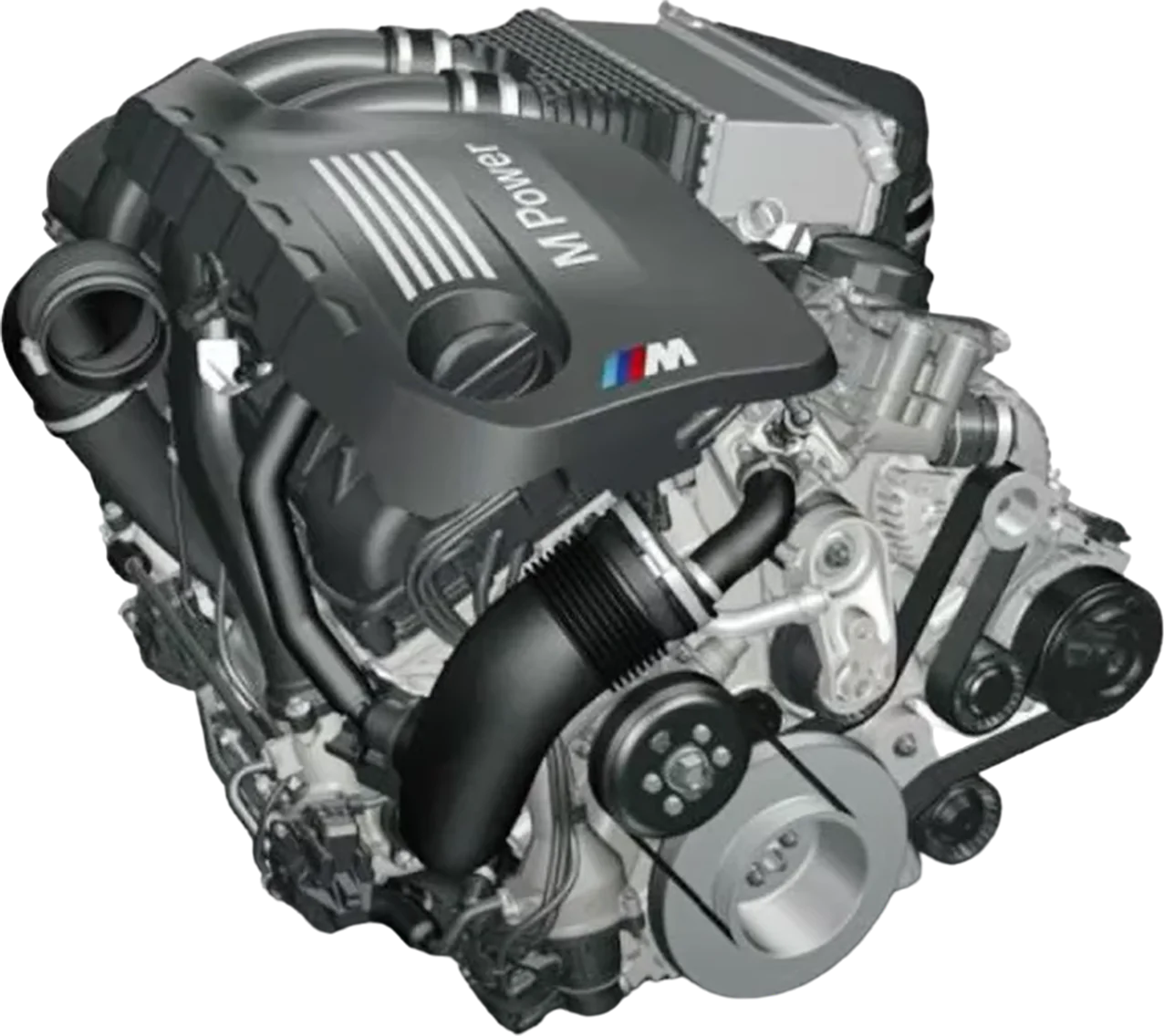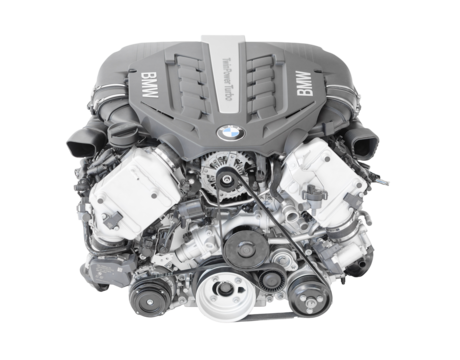Performance Upgrades

Performance Upgrade Basics
Performance upgrades are enhancements made to a vehicle’s components or systems to improve its speed, handling, acceleration, braking, and overall driving dynamics. In the context of BMW vehicles, performance upgrades allow drivers to unlock the full potential of their car while tailoring it to their specific driving style, whether it’s for daily driving, spirited backroad runs, or competitive track events.
BMWs are already engineered with a strong performance foundation, but upgrading specific areas can significantly enhance their capabilities.
Engine Tuning and Software
Engine tuning involves reprogramming the ECU (Engine Control Unit) to optimize fuel delivery, ignition timing, and, in turbocharged models, boost pressure. This unlocks additional power and torque, often exceeding factory limits. Popular tuning solutions include flash tunes like MHD, Bootmod3, or piggyback systems like the JB4.
Why It’s Important: Factory ECUs are often conservatively tuned to meet emissions regulations or account for varied fuel qualities. Tuning releases the engine’s full potential.

ECU Tunes (Flash Tunes)
- Popular Tuning Solutions: MHD, Bootmod3, JB4, Dinan
- Gains: Up to 80-100 hp on turbo engines (e.g., N54, N55); typically 10-20 hp on naturally aspirated engines.
- Benefits: Increases horsepower and torque by optimizing fuel maps, ignition timing, and boost levels on turbocharged models.
Compatibility
Ensure the tune is compatible with your engine and existing modifications.
Fuel Quality
Use high-quality fuel, such as 93 octane or ethanol blends (E30/E85), to support the increased performance.
Check Codes
Monitor engine parameters (boost, air-fuel ratios, etc.) to avoid running lean or causing knock.
Warranty
Recognize that tuning may void factory warranties and could require emissions compliance checks.
Turbocharger
Turbocharger upgrades, such as hybrid turbos or single turbo conversions, significantly increase airflow, resulting in higher power output. Hybrid turbos retain the twin-turbo setup but use larger components, while single turbos simplify the system for extreme power gains.
Why It’s Important: Factory turbos on engines like the N54 can limit power potential. Upgraded turbos provide the airflow needed to handle higher boost levels safely.
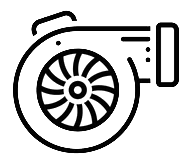
Upgraded Turbos(s)
- Retains the twin-turbo configuration but uses upgraded components to allow for more boost and higher power.
- Gains: 20-50% increase in horsepower depending on model and supporting mods.
Single Turbo Conversion
- Converts the twin-turbo N54 to a single turbo setup for higher power potential.
- Gains: Potentially up to 600-800 hp with supporting mods.
Supporting Mods
Supporting modifications like upgraded fuel systems, intercoolers, and exhausts are necessary to safely handle increased boost.
Heat Management
Heat management is crucial; consider adding upgraded oil coolers and radiator systems.
Turbo Lag
Larger turbos may introduce turbo lag, impacting responsiveness at low RPMs.
Tuning
Professional tuning is essential to optimize performance and reliability.
Cold Air Intakes and Air Filters
Cold air intakes (CAIs) and high-flow air filters replace restrictive factory airboxes, improving airflow into the engine. CAIs often relocate the air filter to cooler areas, increasing oxygen density and enhancing combustion.
Why It’s Important: Improved airflow results in better throttle response and minor horsepower gains.
Cold Air Intakes (CAI)
- Replaces the factory airbox to allow more airflow into the engine.
- Gains: Typically 5-10 hp, with better throttle response.
High-Flow Air Filters
- Drop-in filters like K&N or BMC can increase airflow without replacing the entire intake system.
Heat Soak
Ensure the intake system is properly shielded to prevent heat soak, especially in turbocharged engines.
Maintenance
Frequent cleaning and re-oiling of reusable filters are required to maintain optimal airflow.
Downpipes and Exhaust Systems
Downpipes and exhaust systems improve exhaust flow by reducing restrictions, often through the removal or modification of catalytic converters (catless or high-flow designs). Cat-back systems enhance sound and minor performance gains.
Why It’s Important: Freeing up the exhaust flow reduces backpressure, improving turbo efficiency and overall power.

Catless or High-Flow Downpipes
- Removes or reduces catalytic converters, increasing exhaust flow.
- Gains: 15-25 hp on turbocharged models, improved turbo spool and sound.

Cat-Back Exhaust System
- Replaces exhaust piping from the catalytic converter back, providing a deeper sound and slight performance gain.
- Gains: 5-10 hp on naturally aspirated engines, 10-20 hp on turbo engines.
Emission Compliance
Catless downpipes may not be emissions-compliant or street-legal in some regions—check local regulations.
Exhaust Drone
Free-flowing exhausts can increase cabin noise or introduce drone at highway speeds.
Install
Proper installation is critical to prevent leaks and avoid check-engine lights (CEL) caused by oxygen sensor errors.
Intercooler
Intercooler upgrades reduce the temperature of compressed air entering the engine, increasing power and preventing detonation. Front-mount intercoolers (FMICs) are larger and more efficient than stock units.
Why It’s Important: Cooler intake air improves engine efficiency and reliability, especially under high boost.
Front-Mount Intercooler (FMIC)
- Larger and more efficient than stock, helps reduce intake air temperatures for more consistent power.
- Gains: Better throttle response, sustained power under high boost.
Compatibility
Ensure proper fitment, as larger intercoolers can interfere with other components.
Turbo Lag
Match the intercooler size to your power goals—oversized units may increase lag.
Air leaks
Regularly inspect for leaks or damage to ensure consistent cooling performance. Poor install can introduce unmetered air, which may cause performance issues.
Suspension
Upgrading suspension components like coilovers, lowering springs, sway bars, or camber kits improves handling, reduces body roll, and enhances the car’s cornering ability.
Why It’s Important: Suspension upgrades provide better grip and responsiveness, improving the driving experience on the road or track.

Lowering Springs and Coilovers
- Lower ride height and improve handling characteristics.
- Benefits: Enhanced cornering stability and reduced body roll.

Camber Plates
- Adjustable camber plates allow for fine-tuning of the front suspension geometry for better handling.
Comfort vs. Performance
Lowering the car too much can compromise ride quality, increase wear on other components, and reduce ground clearance.
Alignment Required
A proper wheel alignment is essential after any suspension modification to avoid uneven tire wear.
Fuel System
Upgraded injectors, high-pressure fuel pumps (HPFPs), and low-pressure fuel pumps (LPFPs) ensure adequate fuel delivery to meet the increased demands of tuned or modified engines. E85-compatible fuel systems are common for high-performance builds.
Why It’s Important: Insufficient fuel delivery can cause lean conditions, leading to engine knock or failure.
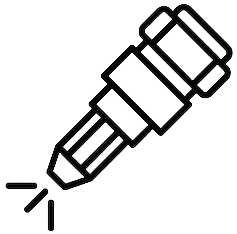
Upgraded Fuel Injectors and High-Pressure Fuel Pump (HPFP)
- Necessary for higher power levels on turbocharged engines.
- Gains: Supports higher horsepower without fuel starvation.

Low-Pressure Fuel Pump (LPFP) Upgrades
- For E85 compatibility and higher boost levels.
Tuning Required
- Ensure the upgraded fuel system can meet the demands of your power goals, especially at high boost levels.
- Professional tuning is required to optimize fuel delivery and prevent lean conditions.
E85 Compatibility
Ethanol blends (E85) require dedicated components to prevent fuel line degradation or injector clogging.
Brake System
Upgrading to big brake kits (BBKs), performance pads, slotted or drilled rotors, and stainless steel brake lines improves stopping power, heat resistance, and brake feel.
Why It’s Important: Increased performance often necessitates stronger braking capabilities to maintain safety.
Big Brake Kit (BBK)
- Larger rotors and calipers provide better stopping power and fade resistance.

Performance Brake Pads and Rotors
- Better pads increase stopping power and reduce brake dust.
Rotor Size
Larger brake systems may require larger wheels for proper clearance.
Street vs. Track
Match brake upgrades to your driving style (e.g., track use vs. spirited street driving).
Brake Fluid
Use high-temperature brake fluid to prevent boiling under heavy braking conditions.
Wheels and Tires
Lightweight wheels reduce unsprung weight, improving handling and acceleration. Wider tires increase grip, enhancing cornering and traction under acceleration.
Why It’s Important: Upgraded wheels and tires maximize the benefits of suspension and drivetrain modifications.

Wider Tires
- Wider tires provide better traction and handling performance.

Lightweight Wheels
- Reducing unsprung weight improves handling and acceleration response.
Fitment
Ensure the wheel and tire setup fits your vehicle without rubbing or clearance issues.
Alignment
Wider tires may require alignment adjustments to avoid uneven wear.
Tire Wear
Performance tires often wear faster than standard tires and may have reduced wet or winter performance.
Differential
A limited-slip differential (LSD) replaces the factory open differential, distributing power evenly to both wheels for better traction during acceleration and cornering.
Why It’s Important: An LSD improves grip in performance and adverse conditions, enhancing overall control.

Limited Slip Differential (LSD)
- Improves traction by distributing power between wheels more effectively.

Final Drive Ratio Changes
- Adjusting the final drive ratio can improve acceleration or top speed.
Installation
Installation requires precise setup and alignment to ensure long-term reliability.
Driving Style
Choose an LSD suited to your driving needs—track-oriented units may be less comfortable for daily use.
Maintenance
Proper fluid changes are critical; use BMW-approved differential fluid every 30,000–60,000 miles.
Additional Essential Supporting Mods
- Upgraded Radiators and Oil Coolers: Essential for tuned engines that produce more heat.
- Catch Cans: Prevent oil and carbon buildup in the intake tract.
- Chassis Bracing: Strut bars and underbody braces increase rigidity for better handling.
General Considerations
- Always prioritize supporting modifications (cooling, fueling, etc.) to ensure reliability alongside performance gains.
- Regularly monitor the vehicle for warning signs such as fluid leaks, unusual noises, or reduced performance after upgrades.
- Use high-quality, reputable parts and consult experienced professionals for installation and tuning to prevent compatibility or safety issues.







